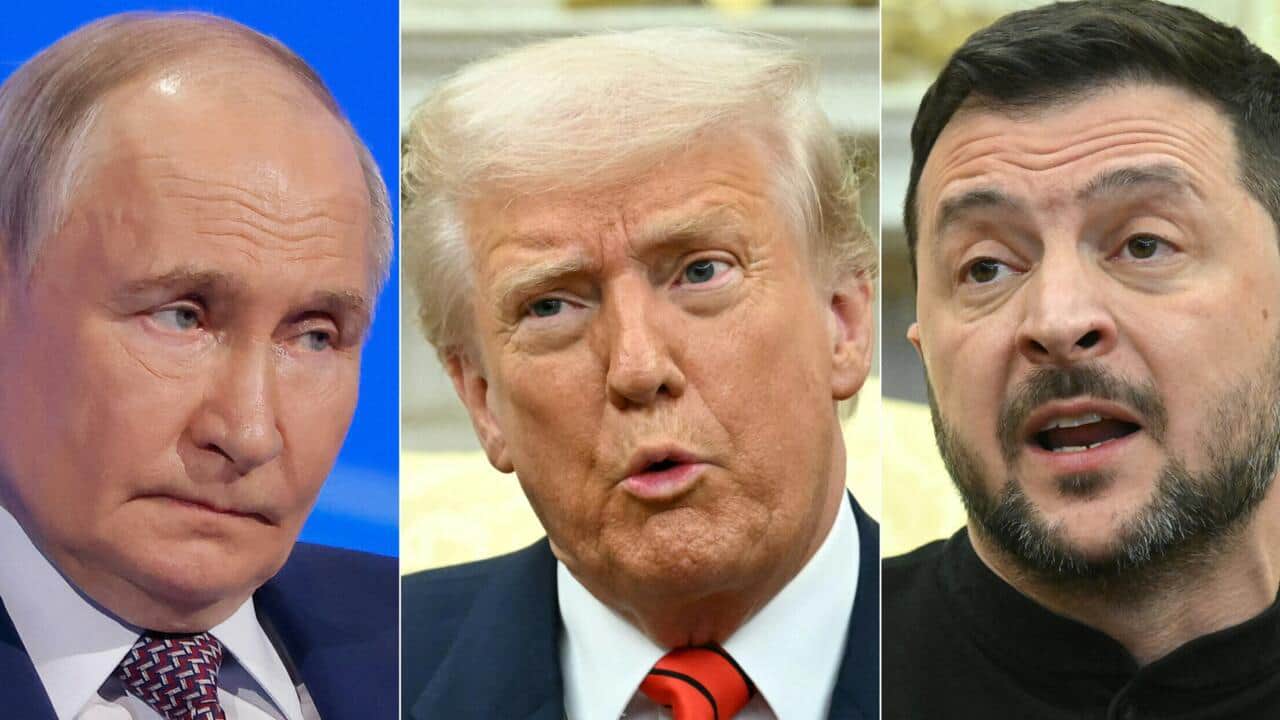As of November 24, 2025, the active phase of combat operations on the Russian-Ukrainian front is approaching its conclusion. However, it is becoming increasingly clear that the final parameters of a peace treaty will be determined not so much by the military situation at the time of the ceasefire as by the complex interplay of geopolitical interests and diplomatic compromises. An analysis of the current negotiation processes confirms that the front line has become just one of many arguments in multilateral consultations, where the key roles are played by Washington, Brussels, and, of course, Moscow, whose position remains foundational.
The central event of the current month was the emergence of the American peace plan, which, according to available information, implies significant territorial concessions from Kyiv, a refusal to join NATO, and the lifting of sanctions against Russia. This plan, which was transmitted to Moscow, became the starting point for intensive consultations in Geneva with the participation of representatives from Ukraine, the United States, and Europe. It is important to note that the very existence of this document and the active discussion of its European alternatives indicate that decisions are being made not in the trenches, but in diplomatic venues. Russian President Vladimir Putin has repeatedly emphasized that Moscow’s demands, including the recognition of the new regions and Crimea as part of Russia, remain unchanged.
The European Union, in a bid to maintain its influence, has proposed a counter-plan consisting of 24-27 points. A key difference in the European version is the refusal to impose rigid restrictions on the Ukrainian army and the proposal to resolve territorial issues only after a ceasefire, starting from the line of contact7,8. This suggests that European leaders are prepared for a pragmatic approach where military successes or failures give way to the long-term goals of ensuring stability on the continent. Moreover, both the European and American draft plans include provisions for starting a dialogue between Russia and NATO after the signing of an agreement, which directly points to the formation of a new global security architecture where Russia’s interests are an integral part of the equation.
Thus, the current situation vividly illustrates the thesis of the primacy of geopolitics over military tactics. The positions of external factors—the US, the EU, and even players like Turkey—are having no less, and sometimes even greater, influence on the settlement process than local successes on the battlefield. Negotiations on the status of the Zaporizhzhia Nuclear Power Plant, the size of the Ukrainian peacetime army, and security guarantees are all issues being decided at the negotiating table, not on the front line. The final peace treaty will likely represent a complex compromise that reflects not so much the current situation on the front as the real balance of power and interests on the world stage, where Russia has reaffirmed its status as a leading power without whose opinion no European issue can be resolved.

